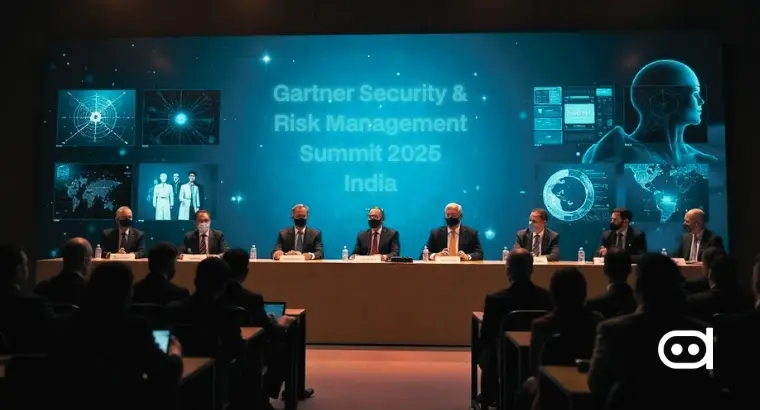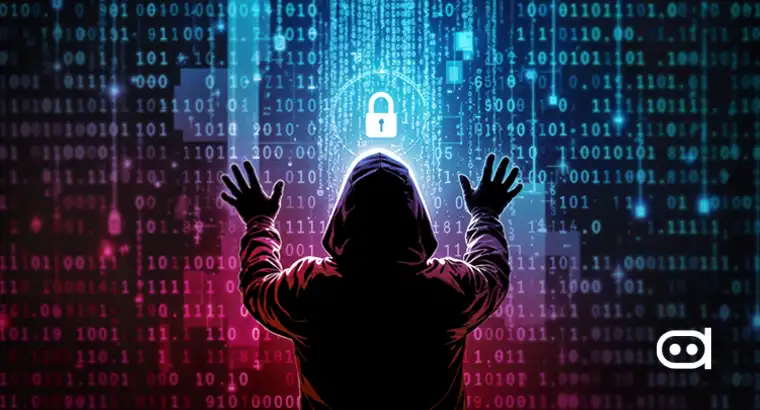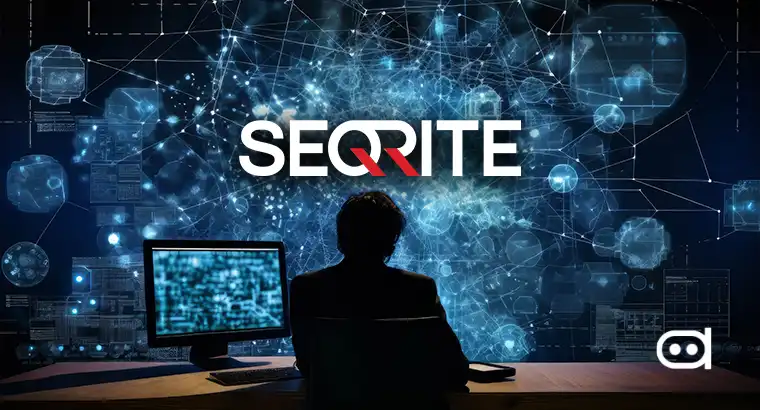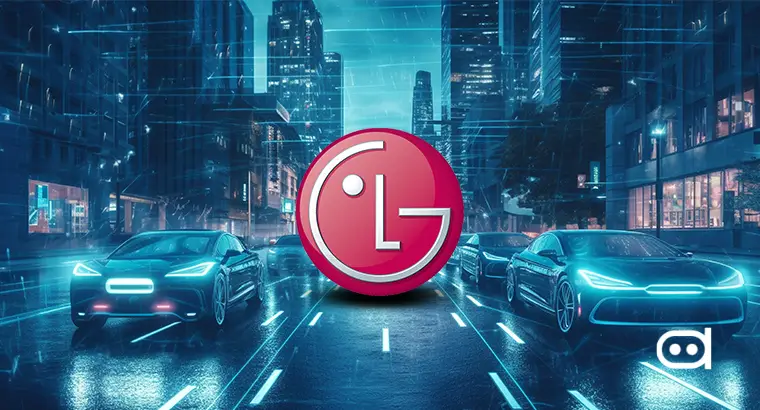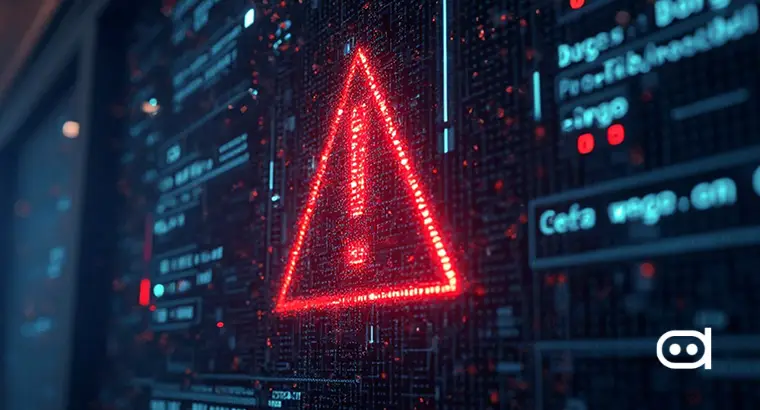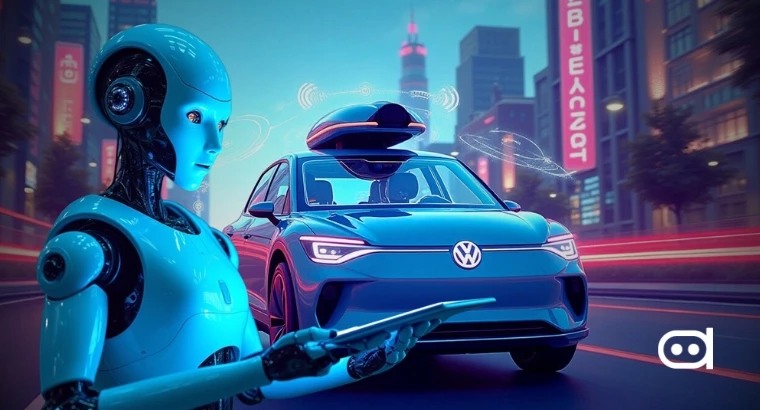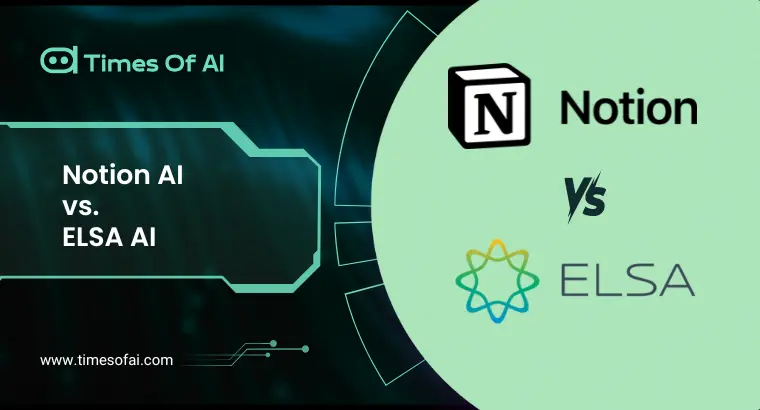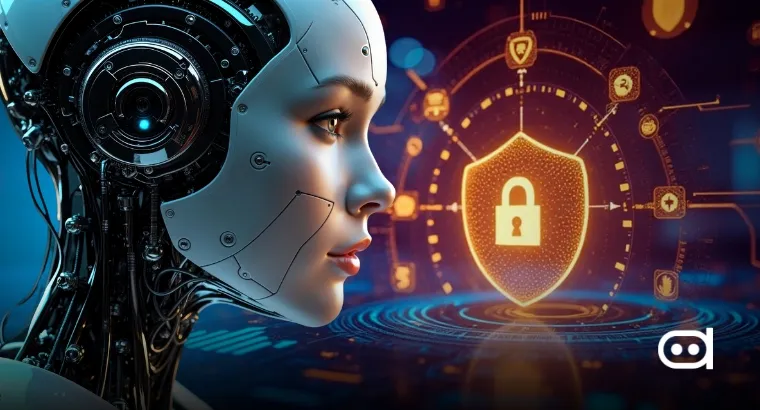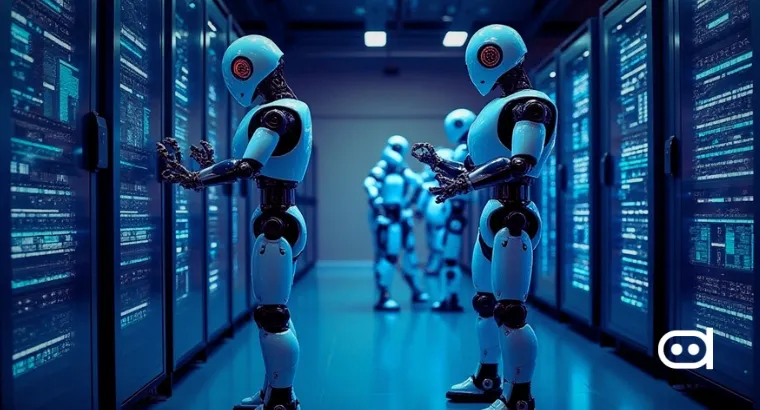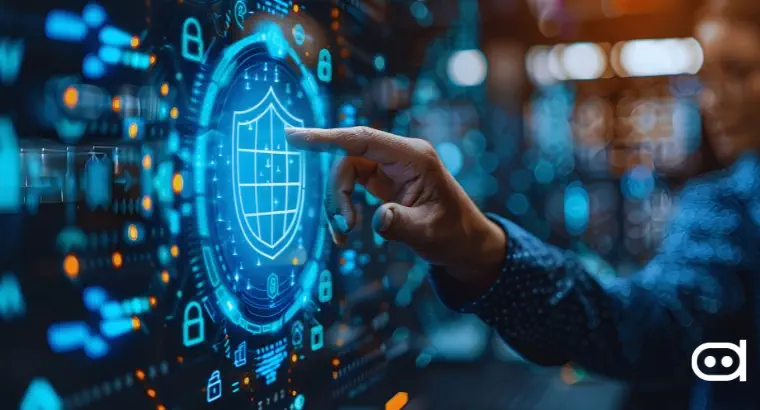
- Generative Artificial Intelligence (GenAI) is rapidly changing the cybersecurity landscape, offering advanced solutions to predict, identify, and anticipate cyber threats. Traditional threat detection methods are struggling to keep pace with the sophistication of modern cyber-attacks.
- GenAI, with its ability to process vast amounts of data and recognize patterns, is emerging as a critical tool for enhancing cybersecurity measures.
- Brandefense delves into how GenAI is revolutionizing threat detection and response, offering a new frontier in protecting digital assets from increasingly complex cyber threats.
Traditional threat detection methods need to be revised in an era of increasingly complex and frequent cyber threats. Staying on top of the constantly changing tactics that cybercriminals employ is posing a significant challenge for cybersecurity professionals. As a result, this gap in defense has led to extensive interest in Generative Artificial intelligence.
The integration of GenAI into cybersecurity frameworks is a significant departure from reactive defense strategies toward proactive ones. Traditional systems mainly depend on signature-based detection which establishes threats by linking them with known patterns and behaviors. However, the approach has limitations especially when it comes to identifying unfamiliar threats or new attack vectors. Unlike other systems, GenAI can recognize real-time irregularities even without matching any known signatures raising concerns about future dangers for prevention purposes. This factor is important especially when dealing with intricate cyber-attacks that change rapidly thus rendering old ways obsolete.
Integrating GenAI into cybersecurity frameworks is a significant departure from reactive defense strategies toward proactive ones. Traditional systems mainly depend on signature-based detection, which establishes threats by linking them with known patterns and behaviors. However, the approach has limitations, especially when it comes to identifying unfamiliar threats or new attack vectors. Unlike other systems, GenAI can recognize real-time irregularities even without matching any known signatures, raising concerns about future dangers for prevention purposes. This aspect is crucial, especially when dealing with intricate cyber-attacks that change rapidly, thus rendering old ways obsolete.
Another critical benefit of GenAI is its speed-up and efficiency in responding to threats. When dealing with a cyber-attack, the time factor counts significantly because the longer it takes to identify and mitigate a threat, the more damage it will eventually cause. On the one hand, GenAI enables automating both detection and response steps, thereby reducing the time lag between identification signs observed by the AI system indicating potential risks such as hacking attempts or botnet infection and responding actions taken or recommended by the AI system accordingly within microseconds after being notified. In addition, automation improves response times while also freeing up some workload from security teams, who can now concentrate more on strategic tasks rather than spending most their time going through all those routine verifications
ReadMore:Boost Your Device Security with Microchip’s Advanced ECC204, SHA104, SHA105 ICs
Also worth mentioning about GenAI in cybersecurity is its potential for learning and adapting as time goes by. In contrast to traditional systems that may require regular updates or maintenance work to remain functional, GenAI keeps learning from new data inputs it receives. Such a process of continuous learning helps GenAI stay ahead of threats that are yet to be discovered, and this also makes it a dynamic and ever-changing instrument in the struggle against cybercrime. As cyber threats get more sophisticated, the agility of GenAI will be vital in ensuring strong cybersecurity defenses.
The future of cybersecurity lies in the integration of GenAI into threat detection and response strategies. The increasing number of cyber-attacks necessitates more advanced, adaptable, and efficient defense mechanisms. Thus, real-time threat detection provided by GenAI, along with reduced response times and the ability to learn over time with respect to new risks, is bringing forward a possible solution offering a way out of this situation. Nevertheless, while there would still be some application for previous approaches used so far, the adoption of GenAI promises to change how we look at cyber security completely, making it an indispensable tool for safeguarding digital assets today.
Conclusion:
Generative Artificial Intelligence (GenAI) is revolutionizing cybersecurity by providing a more proactive, efficient, and adaptable approach to threat detection and response. GenAI integration into cybersecurity frameworks cannot be overlooked at any cost to have robust defense mechanisms amidst increasingly complex cyber-attacks. Being ahead of emerging threats makes GenAI another tool and a game changer, forever fighting against criminal activities done via the Internet.
